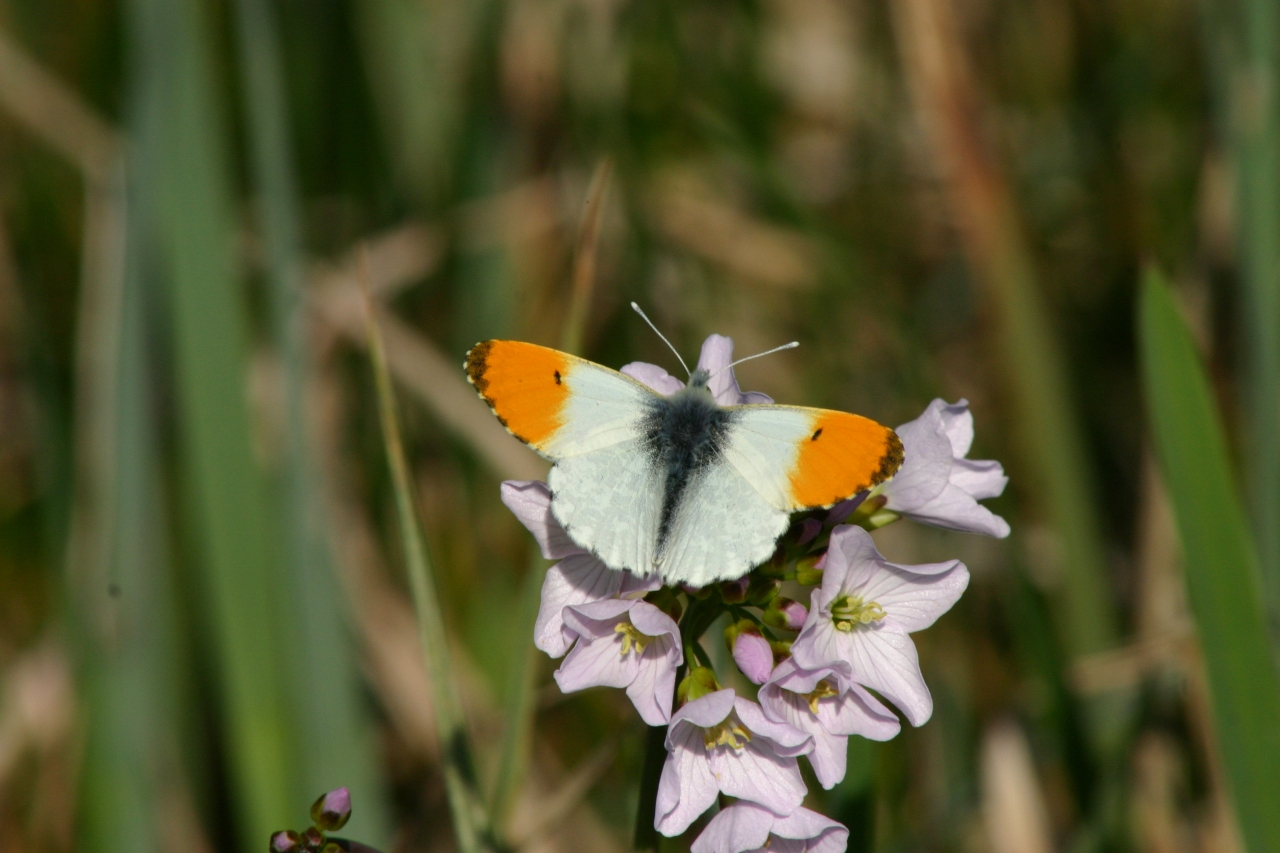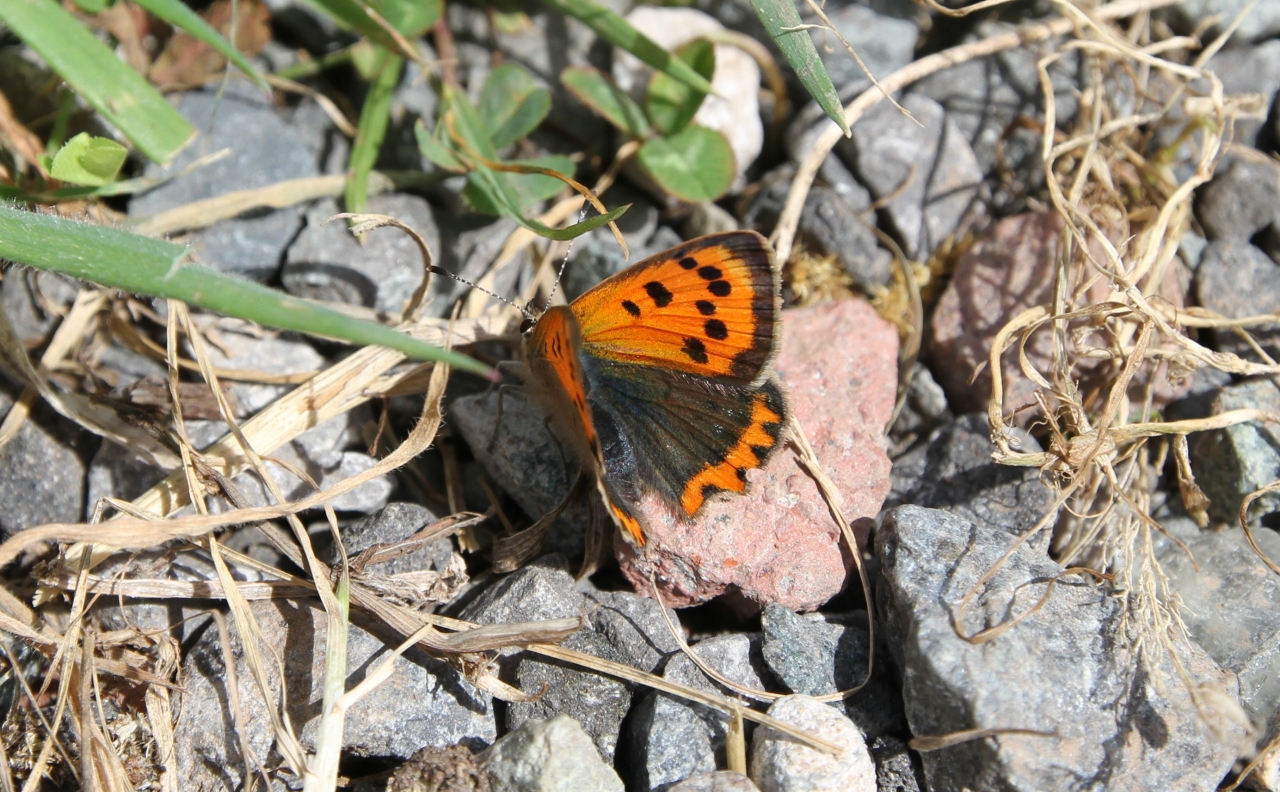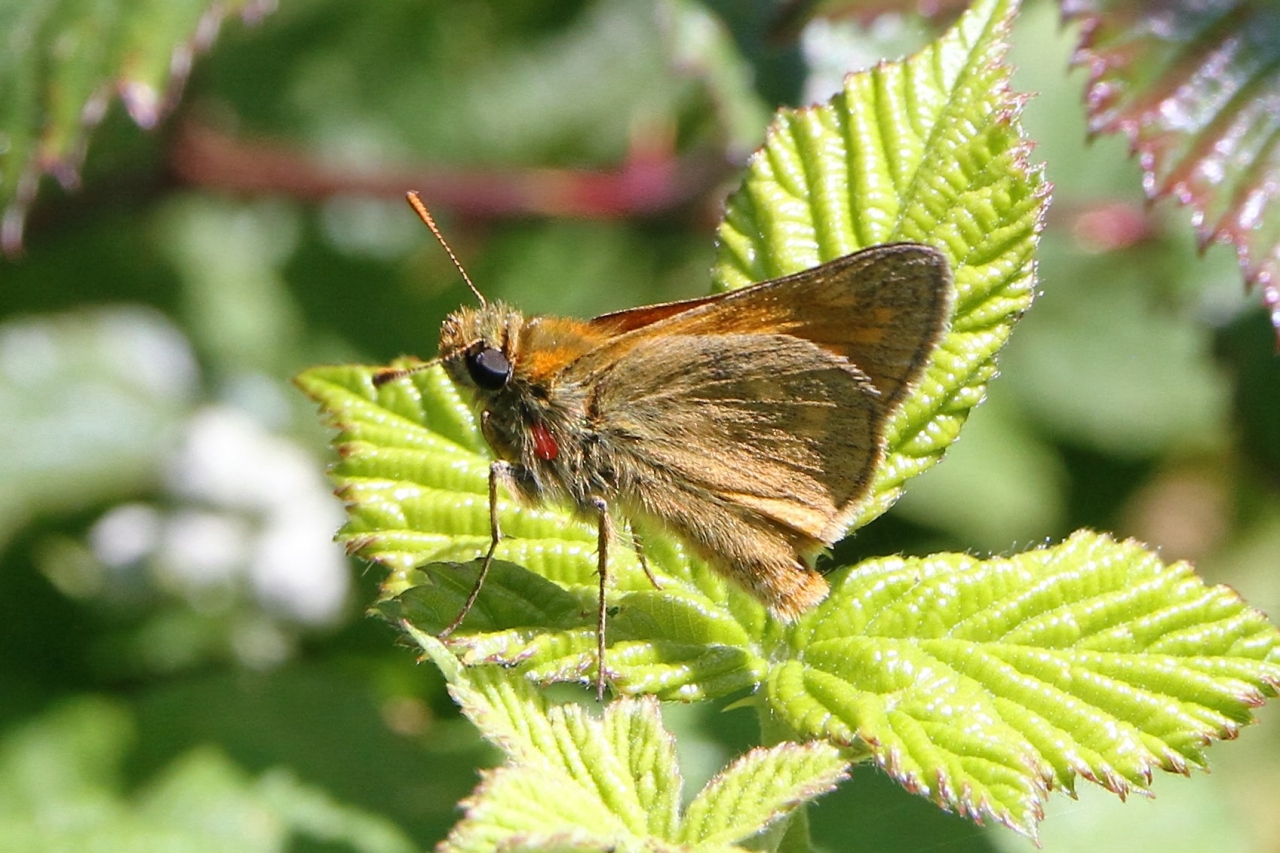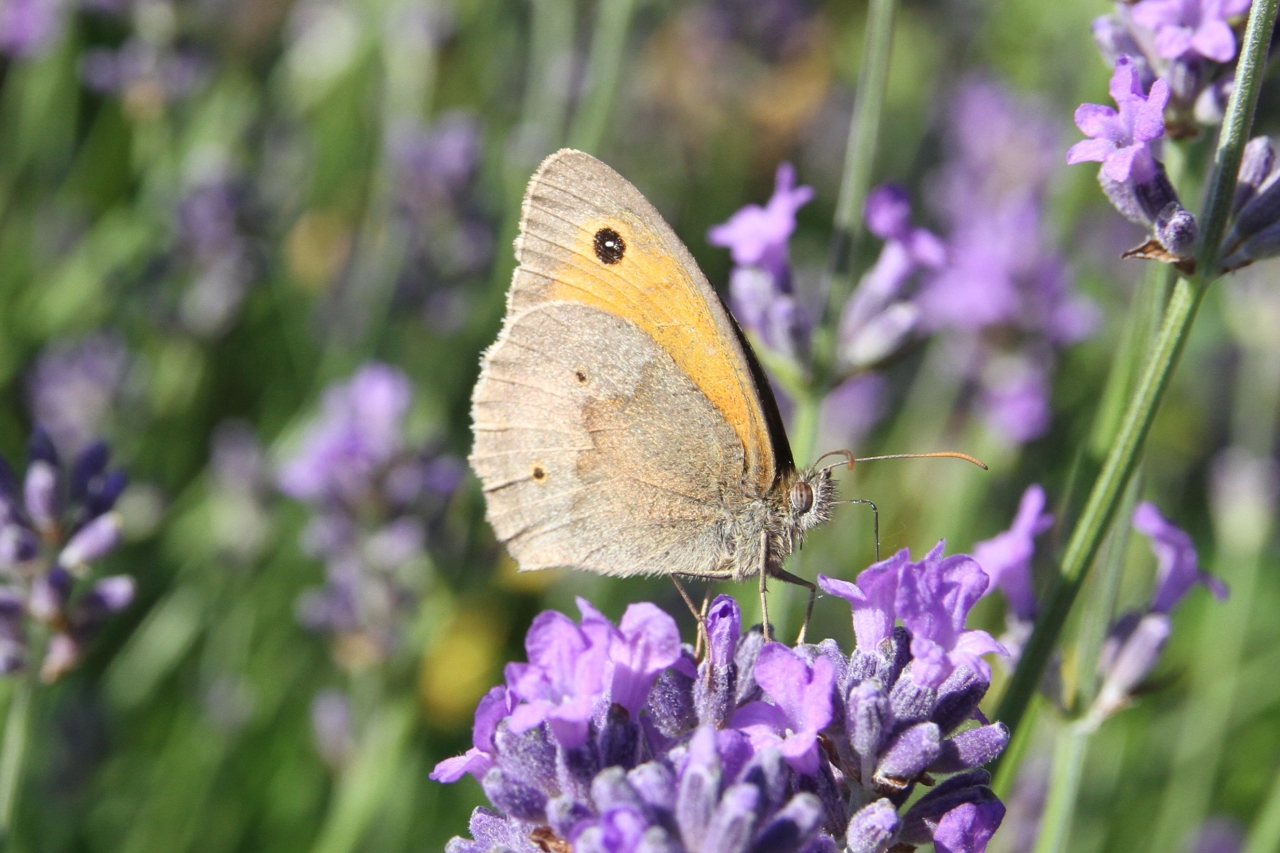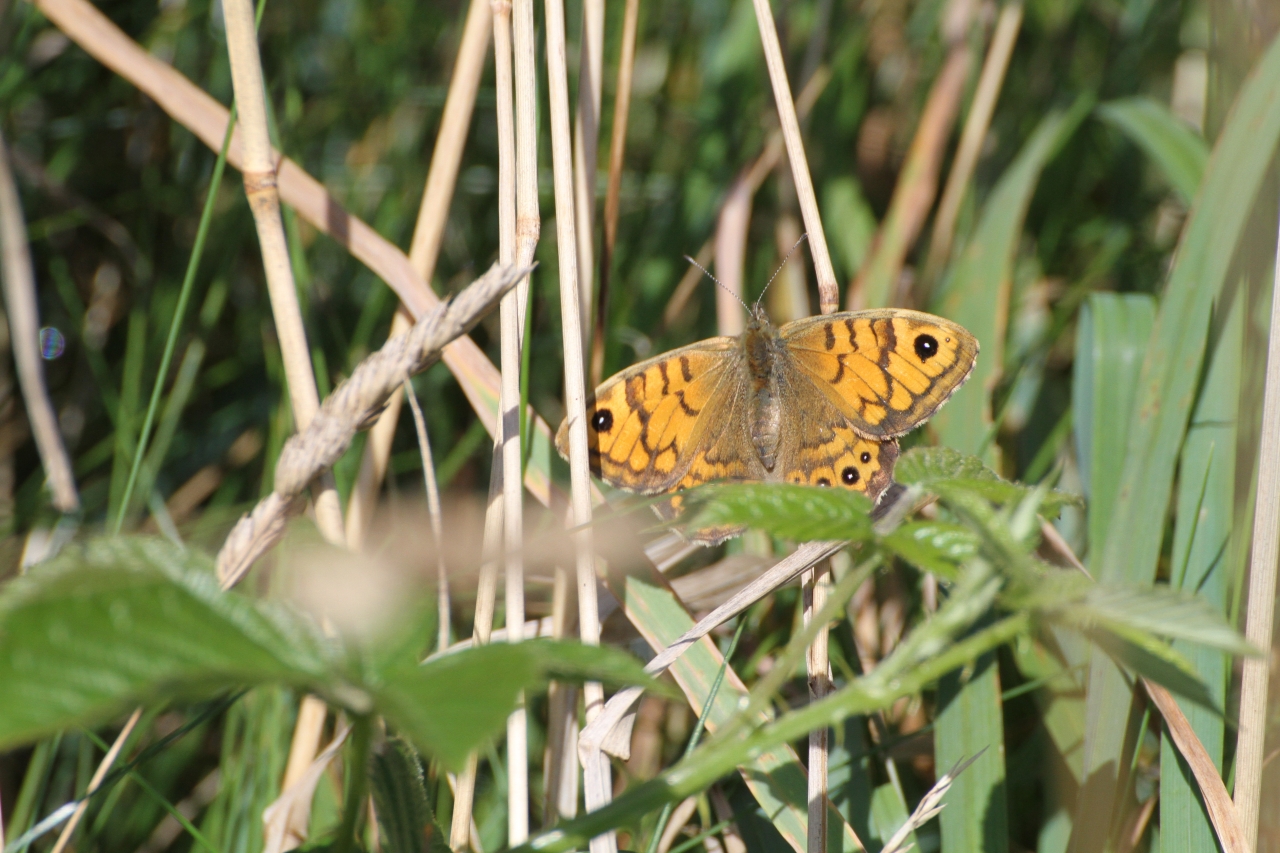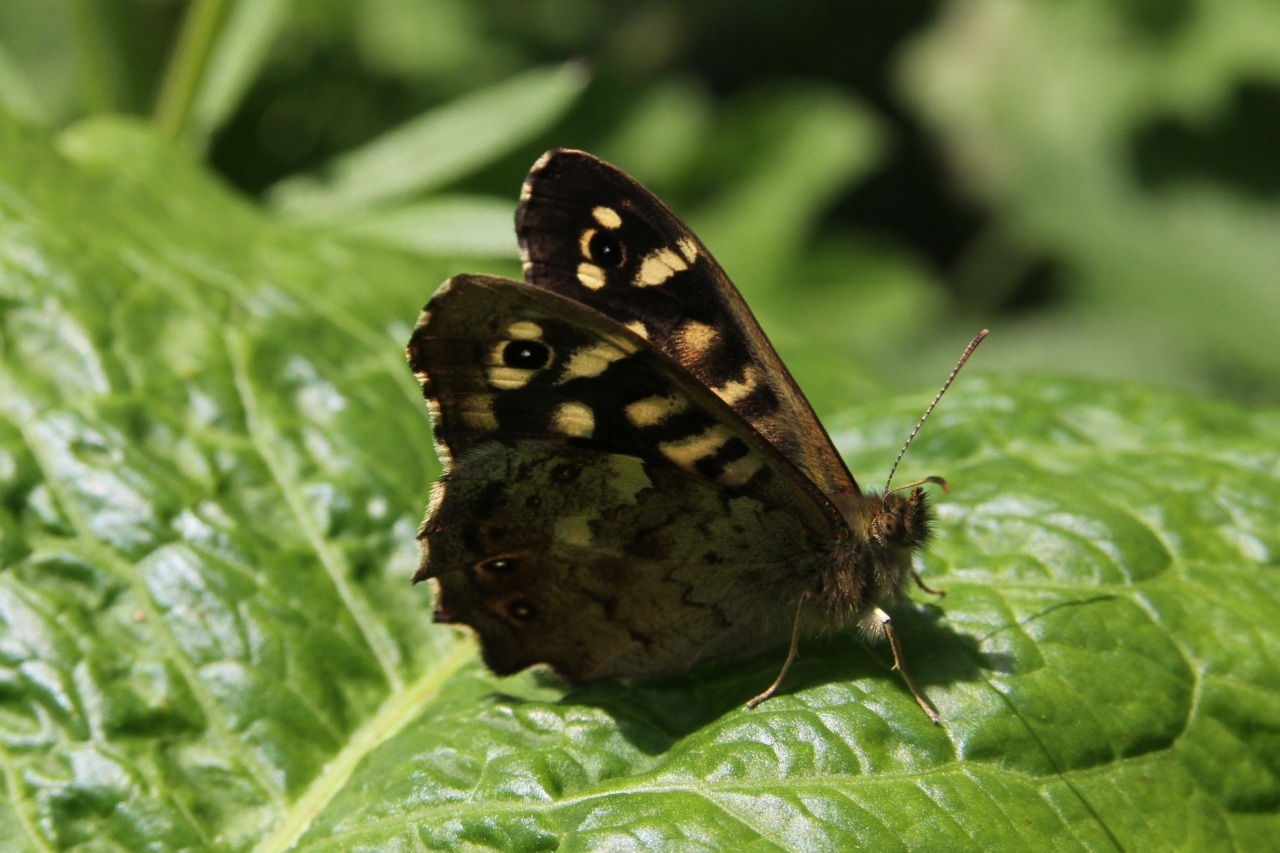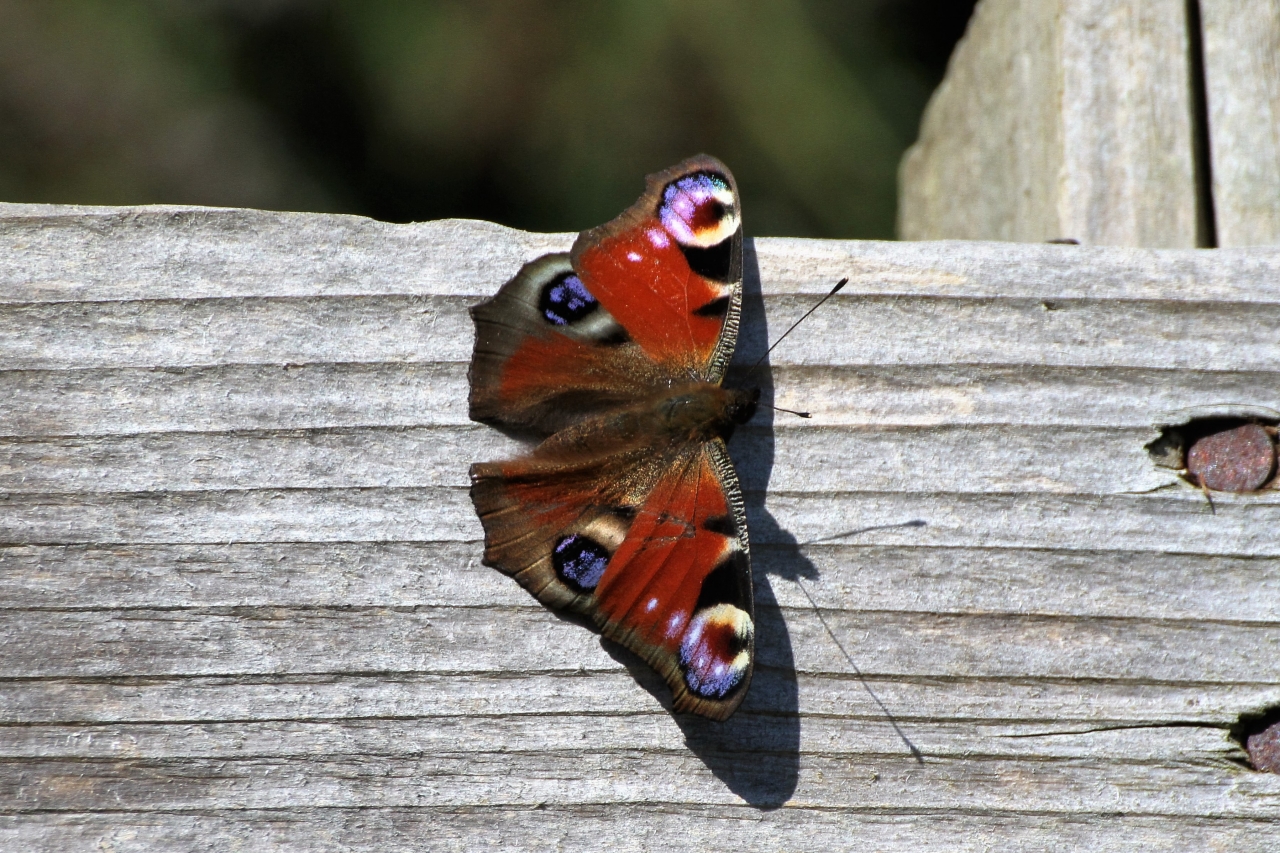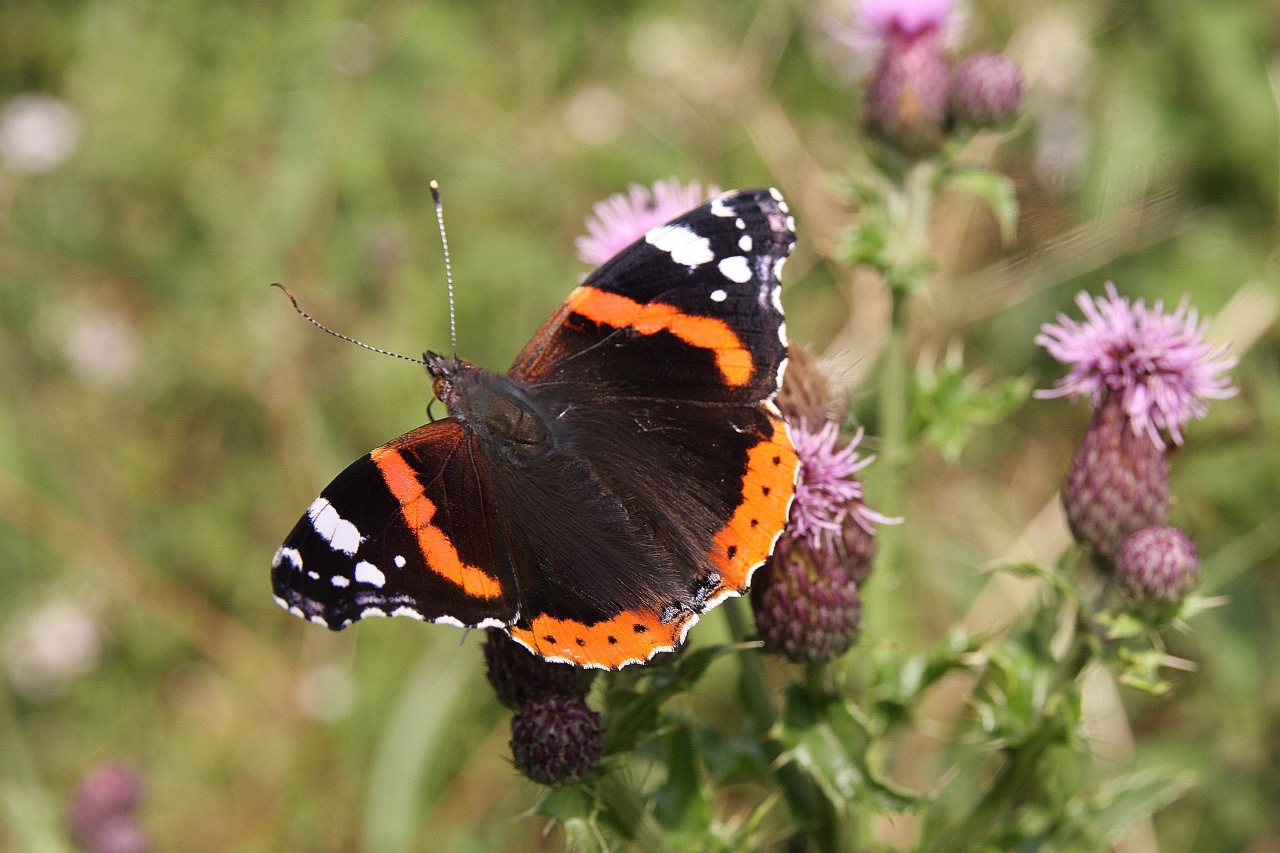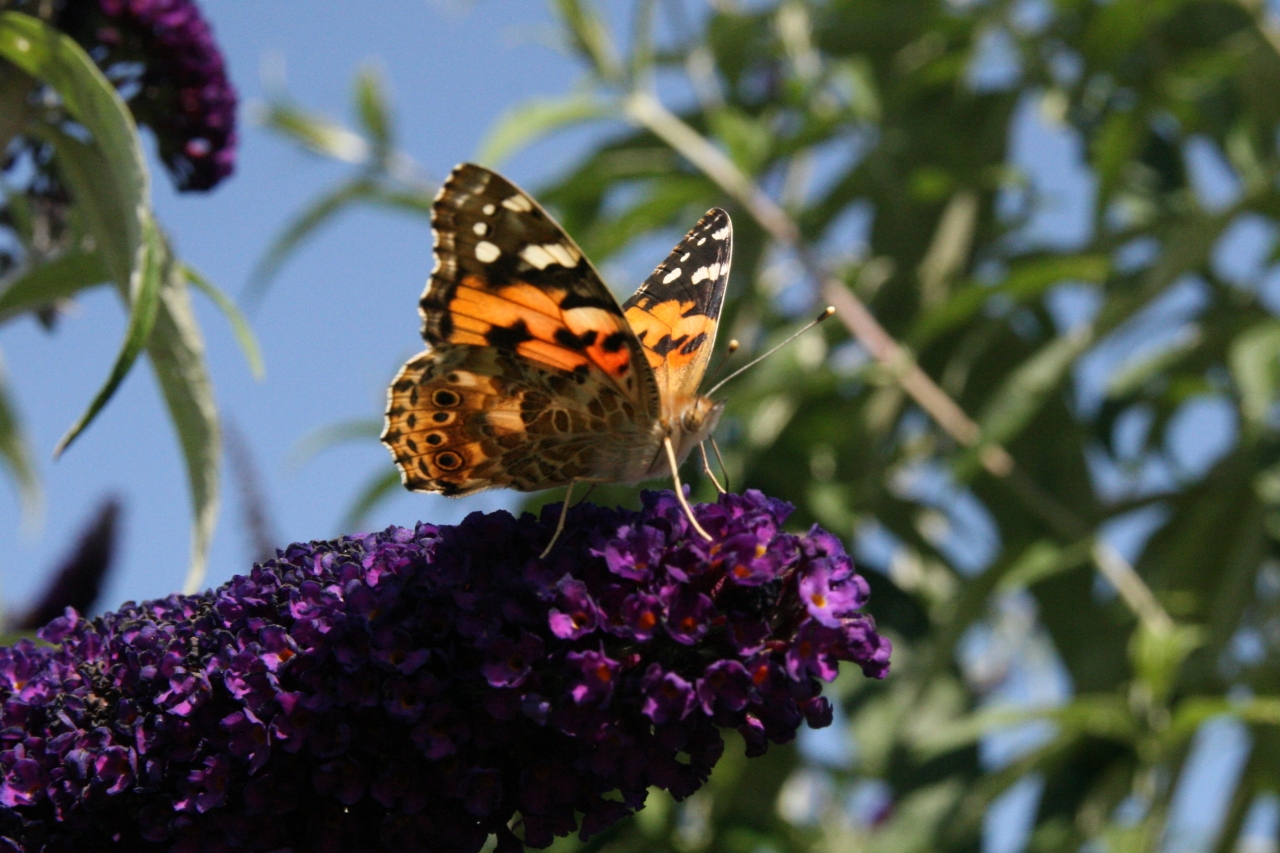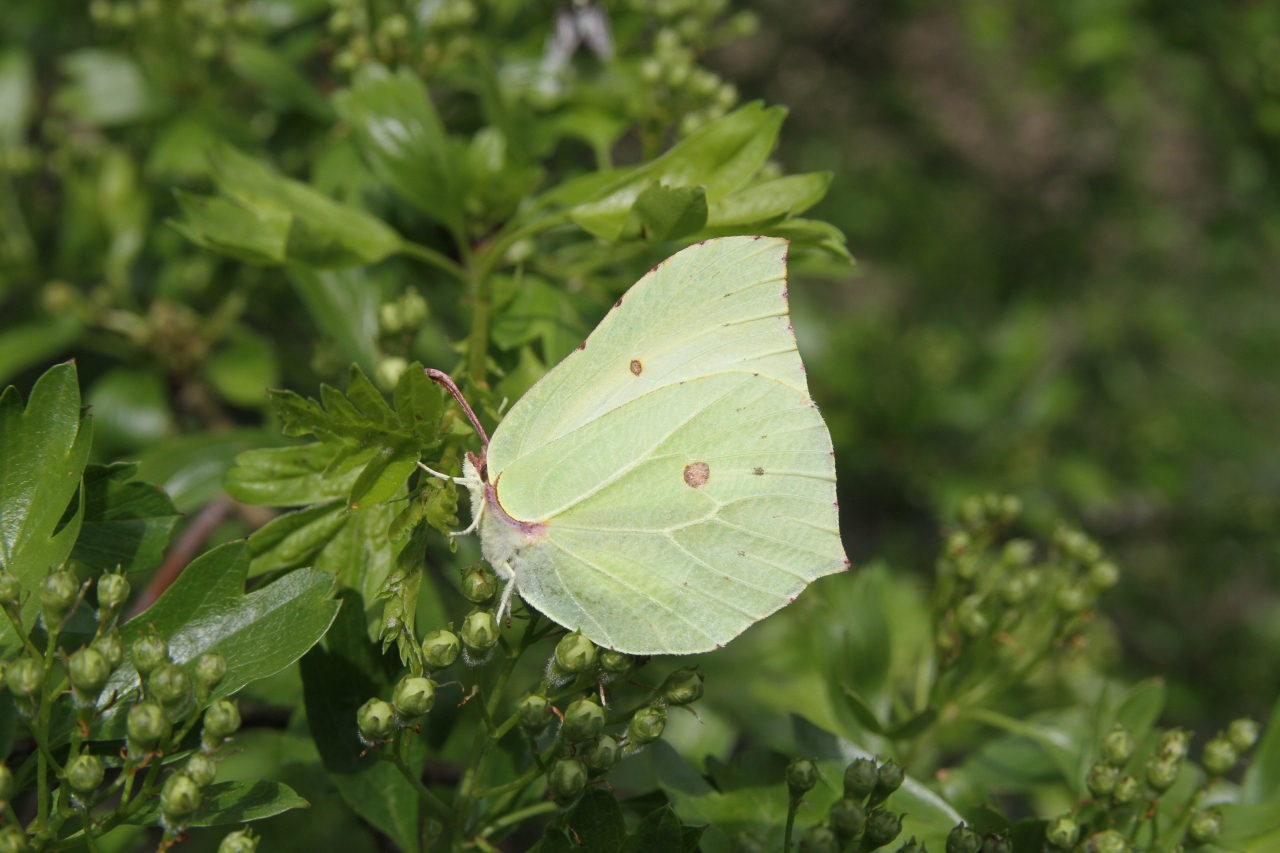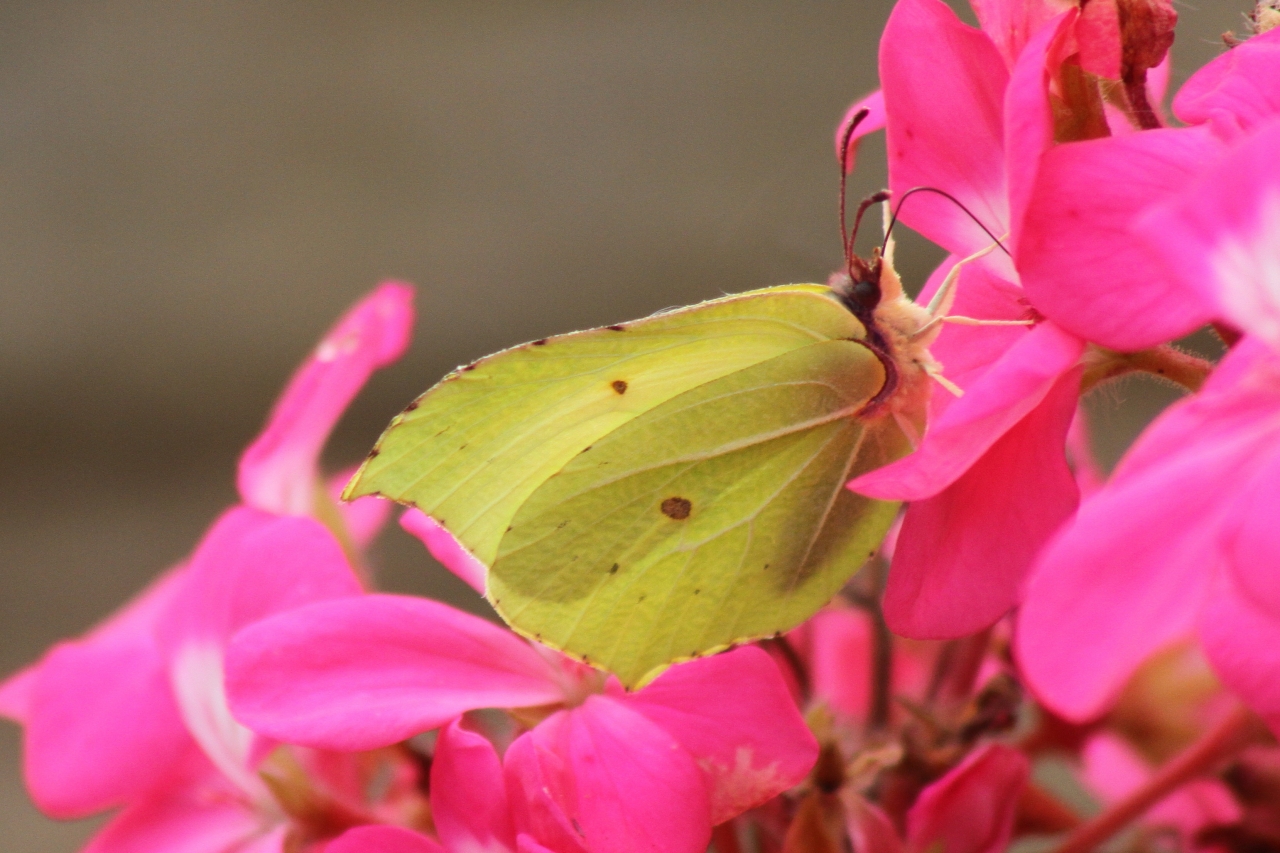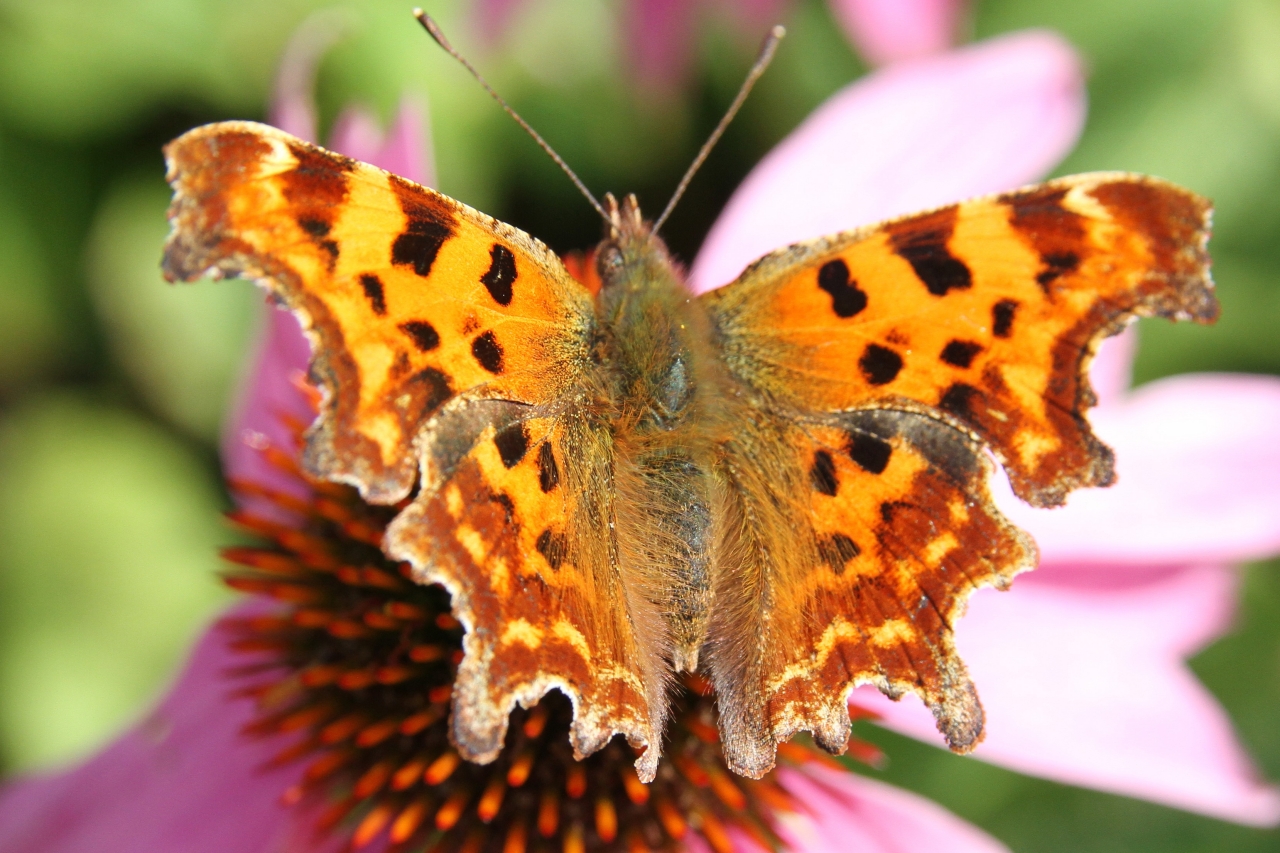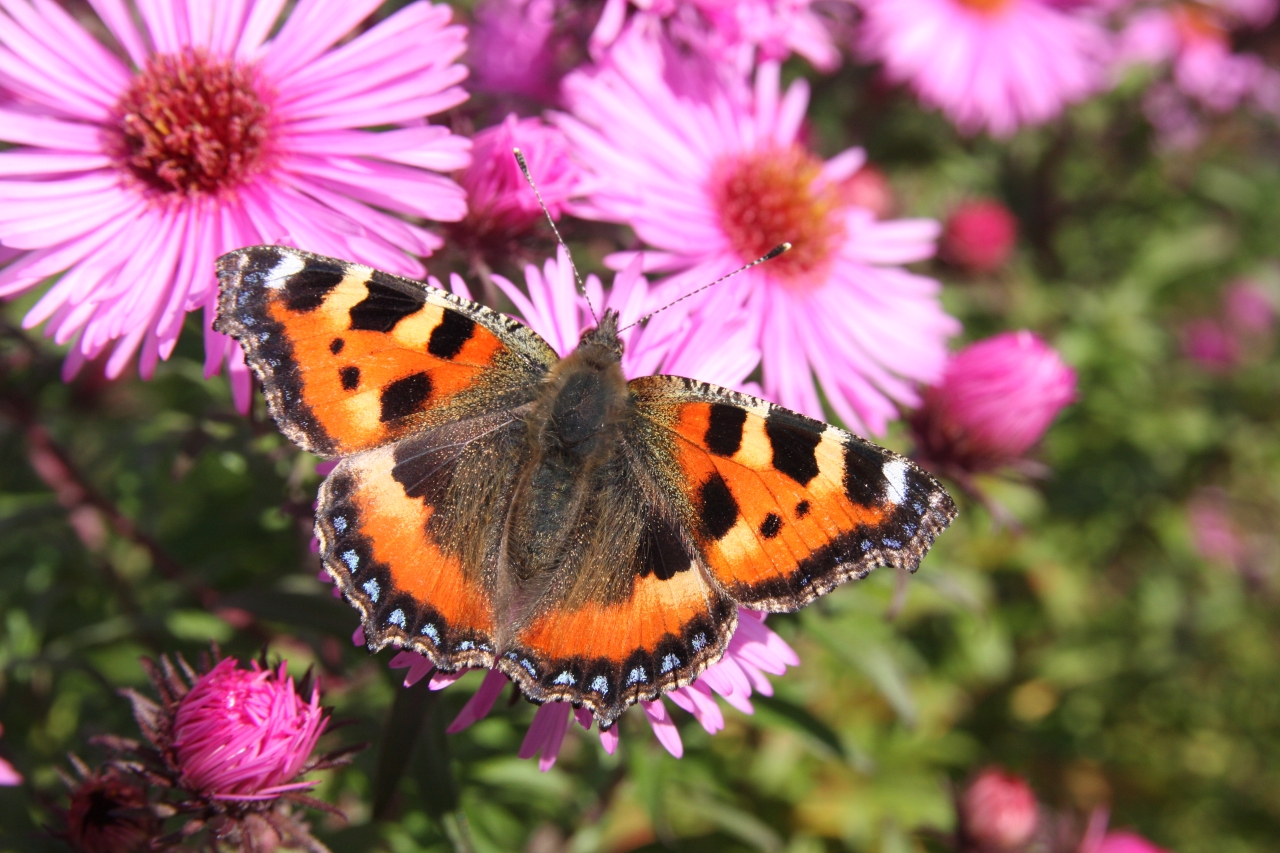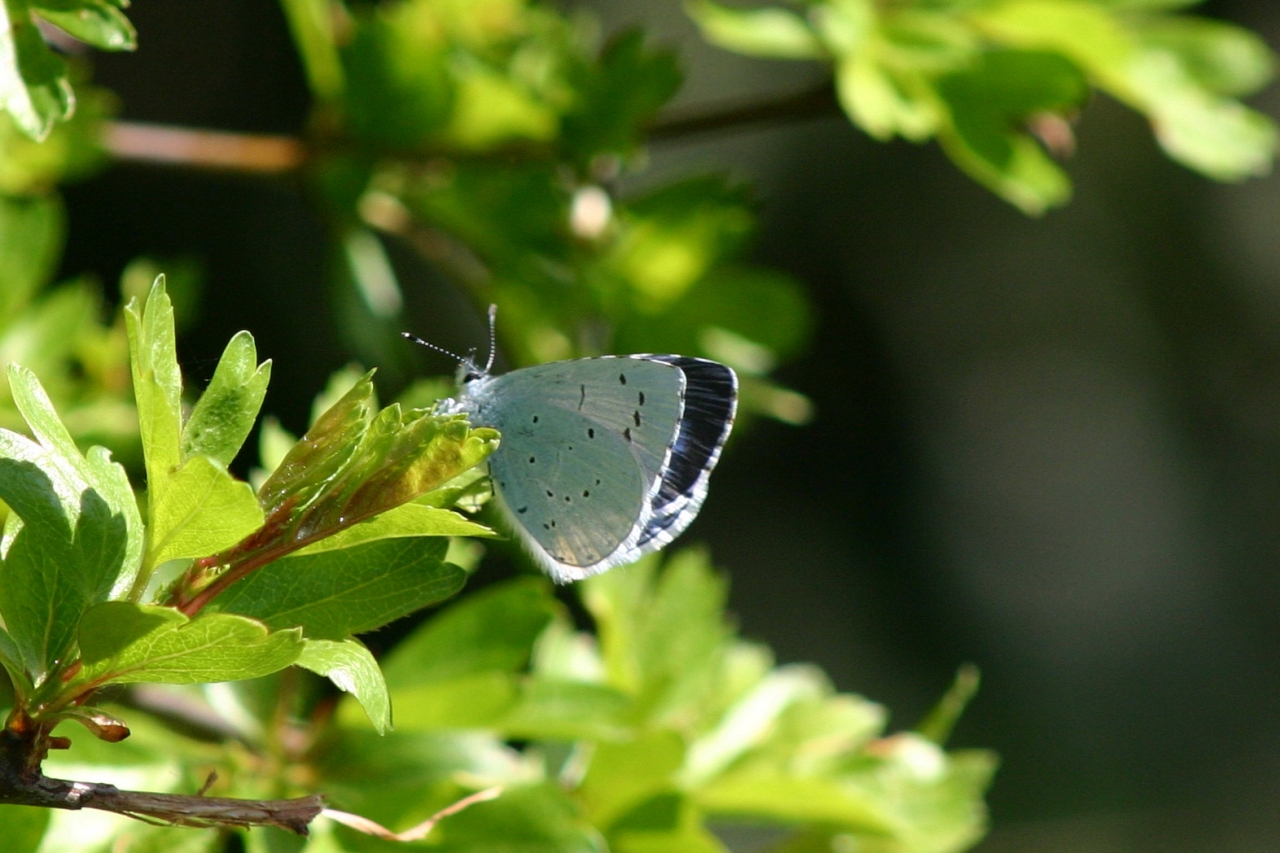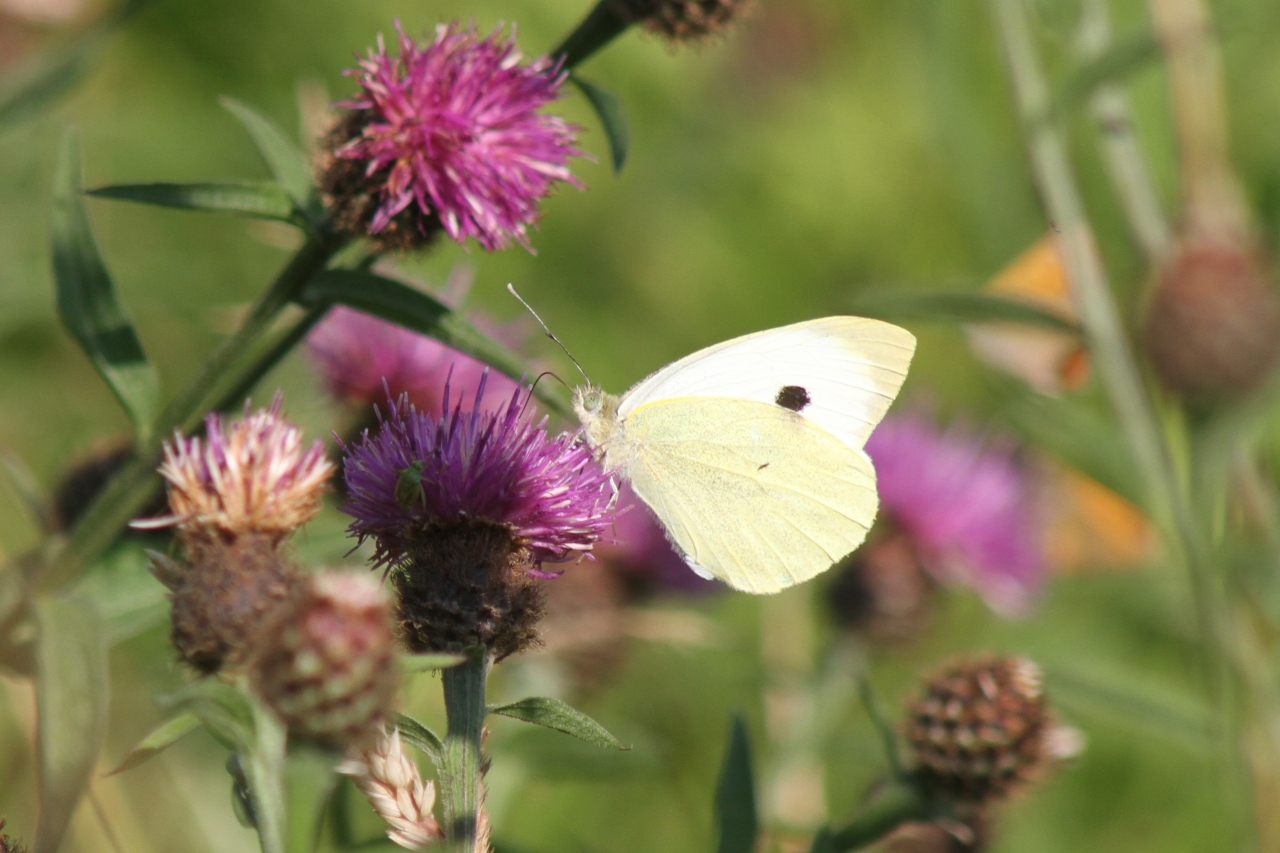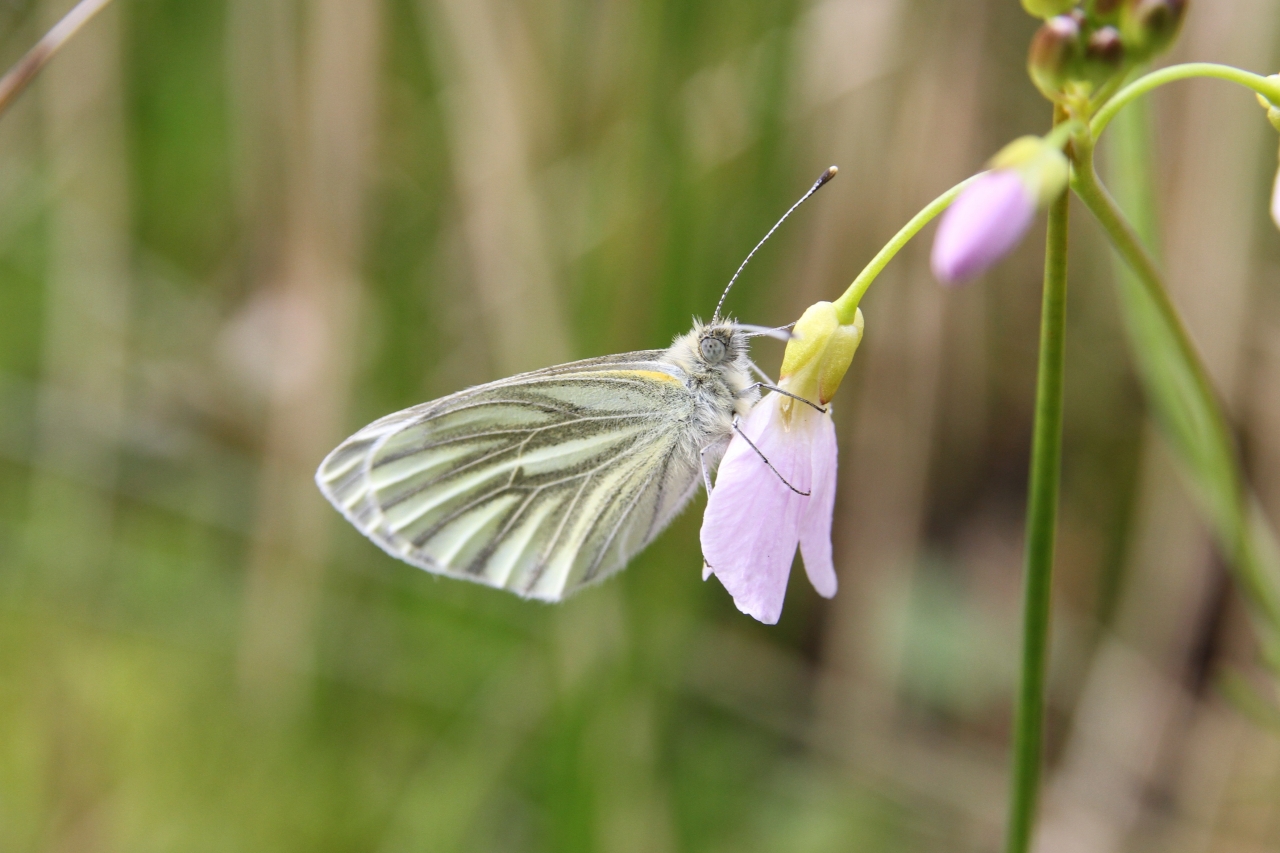

This question has been asked more and more this summer, as fewer and fewer butterflies have been seen. The Butterfly Conservation movement has even made a national appeal for people to report sightings of any small tortoishell butterflies they see. The small tortoishell was once one of our most common species, and this year has seen numbers in steep decline all over the country. We have had a few sightings in Christleton, particularly in the churchyard and in Quarry Lane, but even buddleia bushes this year have failed to attract butterflies in numbers, apart from large and small whites, which seem to be numerous everywhere. It’s the more colourful species that have been missing, although the warm sunshine of the last few weeks has brought some excellent sightings, of peacock, red admiral and painted ladies.
We started off the season well in the village with orange tip, male and female brimstone being seen. There were fewer orange tips than usual, but the season had only just started so there was promise of more to come. The warm wet conditions however don’t seem to have helped our butterflies, with only the occasional sightings of common and holly blue along the canal.
As we moved into summer, commas were the most plentiful, but it was well into July when species like gatekeeper, meadow brown, small skipper and speckled woods were seen, but again these were well down in numbers. Wall brown were once common at Hockenhull, but haven’t been recorded there for ten years or so, but I was lucky to be able to see and photograph a single specimen at South Stack on Anglesey last week.
It was also on Anglesey at Llandwyn Island off Newborough where we had sightings of the most numerous butterflies this late summer. Common blues, small tortoishell, peacock, red admiral and painted ladies were all present, no doubt enjoying the warm sunshine. Painted ladies are one of the most colourful of our butterflies, and have a migratory journey second only to the Monarch butterflies of North America. Painted ladies can be seen in most years, but on occasions great eruptions take place, when millions arrive in the UK coming across the English Channel from the continent. That, however, tells only part of the story because this species initially breeds in Morocco, and the progeny then cross the straits of Gibraltar. They find a suitable breeding site and after successful emergence, their young fly on across Spain and France to the UK, usually being seen in July/August. This year only small numbers have arrived, but they have helped brighten a very dispiriting year for butterfly watchers. Why are there so few butterflies? No one really has any clear answers, but combined with the fact that there are fewer midges, mosquito’s, wasps, bees and other insects around, maybe something more dramatic is taking place and we have yet to fully see the consequences.
The photographs that illustrate this article were almost all taken locally, in the churchyard, on Quarry Lane, along the canal at Rowton or at Hockenhull Platts. The exceptions are the wall brown (Anglesey) and small copper (Burton Meres).
-

Orange Tip
-

Gatekeeper
-

Small Copper
-

Small Skipper
-

Meadow Brown
-

Wall Brown
-

Speckled Wood
-

Peacock
-

Red Admiral
-

Painted Lady
-

Brimstone Female
-

Brimstone Male
-

Comma
-

Small Tortoishell
-

Common Blue
-

Holly Blue
-

Small White
-

Green Veined White

